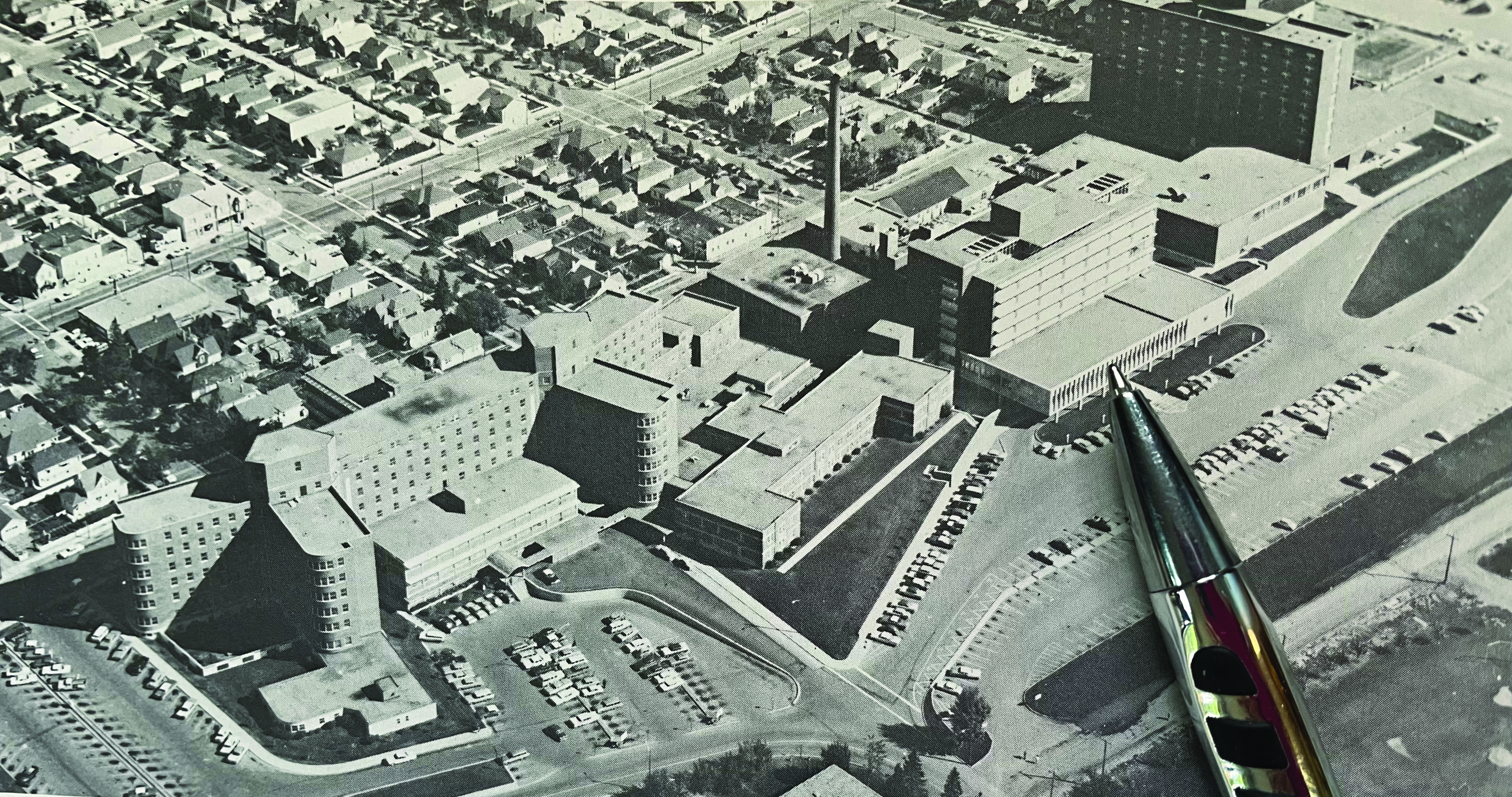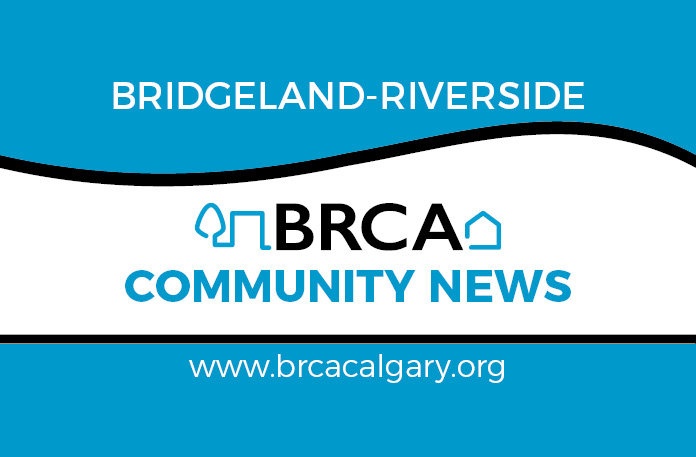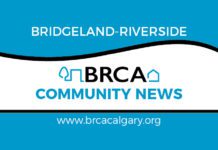by Deb Lee, BRCA Heritage Committee and CGH Commemoration Project
Since the opening of “the General” in Bridgeland in 1910, the city’s population steadily grew, health needs of Calgarians evolved, and medical care progressed. Changes were continuously needed in the services provided by the hospital. Debilitating medical conditions such as strokes and multiple sclerosis as well as improving rates of survival from accidents were leaving a greater number of people with life altering disabilities. More specific care was needed to enable them to regain as much function as possible and return to their homes. Rehabilitation was the answer!
The first physiotherapist, Isobel Spreat, had been hired in 1950. She came from the UK as there was not yet a physiotherapy program in Alberta. Isobel went on to open a small physiotherapy department in the new building (CGH #4) in 1953 but it would be insufficient to address the breadth of patient needs for rehab. Isobel Spreat also gained fame for her mountain climbing skills, with an early ascent of Mt. Yamnuska with two companions in 1952.
In the 1960’s, the only fully dedicated rehabilitation facility was in Edmonton. Calgary needed a similar setting but there was no space within “the General” and no desire to construct a completely separate facility. After removing the original 1910 hospital building, plans began for an addition to the hospital and in 1962, the Convalescent – Rehabilitation wing opened. An article in the Calgary Herald on February 3, 1962, highlighted the innovative methods that enabled the eight-storey building to be constructed for a modest $2.4 million. Using lightweight concrete, it was feasible to have exposed concrete block interior walls instead of the usual plastered finish, saving considerable money. The C-R wing was connected to the main hospital by a tunnel and also had its own separate entrance.
Directed by Dr D.C. Blair, the Rehabilitation Department went from 2,000 square feet of space in the basement to 27,000 square feet of office and treatment space with state-of-the-art facilities. It offered an additional 205 beds for inpatient care. The Rehab program was available to patients from throughout Southern Alberta and therapy services continued to be provided to patients in the main hospital building.
The Rehab Program evolved over the years. Excelling in team-focused care, the disciplines of occupational therapy, physiotherapy, speech pathology, and medical social work collaborated with nursing staff and special services, such as prosthetic and orthotics, to provide comprehensive care. Research and new technologies improved patient outcomes. A rural outreach component deployed a nurse/physiotherapist team to provide treatments and staff education enabling the patients to rehab in their hometowns.
But what was it like to work in Rehab at “the General”? Jutta Hinrichs, a newly graduated Occupational Therapist, arrived from Ontario in 1978. She recalls, “CGH was a very collaborative work environment, with various disciplines all working together for the health of our patients. Bonds and friendships within our work units were quickly and easily made. The whole hospital also contributed to a positive work and social environment. I have many memories of the Friday night social events/dances held in the large Social Room in the basement of the Nurses’ Residence. It was a wonderful working relationship with so many team members – perhaps because we got to know each other so well as people first and foremost.”
The sense of community created within “the General” contributed to a positive and healing environment for all those who sought care there.
*Much of this information was found in Scollard, D. 1981 Hospital: A Portrait of Calgary General

Click here to the Bridgeland Community News home page for the latest Bridgeland community updates.











